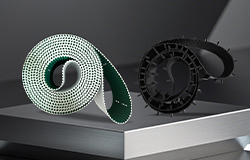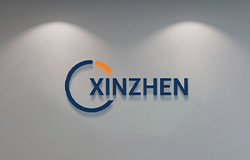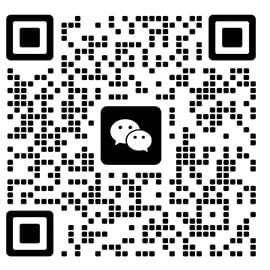Client Profile and Operational Challenges
Our client, a leading German automotive manufacturing equipment producer, faced significant challenges in their production line efficiency. The company specializes in high-precision assembly systems for premium automotive manufacturers, where tolerance margins are measured in micrometers and downtime costs exceed €5,000 per hour. Their existing timing belt systems, supplied by local European manufacturers, were failing prematurely every 4-6 months in critical motion control applications involving robotic welding arms. The failures manifested as tooth shear and material fatigue, causing misalignment in welding operations that resulted in production stoppages and quality issues. The client required a solution that could withstand continuous 24/5 operation with high torque loads, resist contamination from welding sparks and lubricants, and maintain precise synchronization between multiple robotic arms. Additionally, they needed a supplier capable of providing technical support across different time zones and accommodating custom specifications without imposing prohibitive minimum order quantities.
The operational environment presented multiple simultaneous challenges: exposure to temperature variations from 5°C to 45°C, occasional contact with metal particulates from welding operations, and constant exposure to minimal lubrication mist in the factory environment. The existing belts showed cracking at the tooth base, material hardening, and eventually tooth skipping that disrupted the entire assembly process. The client had experimented with various belt materials including neoprene and rubber compounds, but none provided the necessary combination of precision, durability, and chemical resistance. Their engineering team specified requirements including a minimum tensile strength of 3500 N/cm, oil resistance per ISO standards, operational noise below 68 decibels, and a lifespan exceeding 12 months of continuous operation.
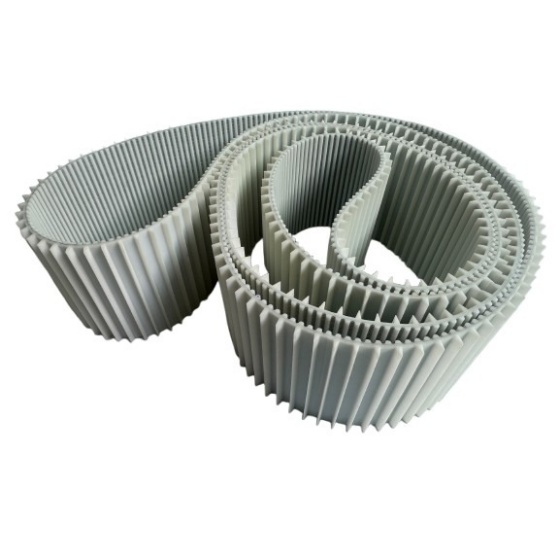
Engineering Analysis and Custom Solution Development
Our technical team conducted comprehensive analysis of the failed components and operational parameters. We performed microscopic examination of the damaged belts, identifying the failure patterns as primarily material fatigue exacerbated by chemical degradation. Using our proprietary simulation software, we modeled the stress distribution across the belt teeth during engagement and disengagement cycles. The analysis revealed concentrated stress points at the tooth roots that exceeded the material limits of standard polyurethane compounds. Our engineers proposed a multi-faceted customized solution beginning with a specialized polyurethane formulation enhanced with additives for improved oil resistance and temperature stability. We developed a compound that achieved a Shore A hardness of 92±2 while maintaining flexibility, with oil resistance testing showing less than 5% volume swell after 72 hours immersion in ASTM #3 oil at 100°C.
The reinforcement system was re-engineered using high-modulus aramid fibers arranged in a unique cross-twist pattern that provided 25% higher tensile strength compared to standard steel reinforcement while reducing weight by 30%. The tooth profile was optimized from standard HTD to a modified curvilinear design that distributed engagement stresses more evenly, reducing peak stress concentrations by 40% as verified through finite element analysis. We incorporated an anti-static compound additive to prevent accumulation of welding particulates, and added UV stabilization for the occasional exposure to quality control lighting. The backing material received a special treatment for reduced friction where the belt contacted guide rails, addressing observed wear patterns from the client's application. Each design decision was validated through accelerated life testing simulating 18 months of operation in conditions mirroring the client's factory environment.
Manufacturing Process and Quality Assurance Implementation
The manufacturing process incorporated specialized equipment and rigorous quality controls to ensure consistent performance of the customized belts. We utilized advanced extrusion systems with precision temperature control zones to maintain optimal polyurethane viscosity during molding. The aramid reinforcement cords underwent pre-tensioning treatment to eliminate any potential stretch during operation. Our production team implemented a multi-stage curing process that enhanced molecular cross-linking in the polyurethane, significantly improving wear resistance and dimensional stability. Each production batch included test samples that underwent destructive testing, with results recorded and traceable to specific customer orders.
Quality assurance protocols exceeded standard industry practices, incorporating 100% dimensional verification of critical parameters including pitch length, tooth profile accuracy, and belt width. We developed custom gauging fixtures specifically for this project to measure the unique tooth profile dimensions. The electrical resistance of the anti-static properties was tested on every fifth meter of produced belt. Tensile testing samples from every production run verified that the minimum breaking strength exceeded the 3500 N/cm requirement with consistent safety margins. All testing data was compiled into comprehensive certification packages shipped with the products, providing full traceability from raw materials to finished goods. Our manufacturing flexibility allowed us to produce initial batches in quantities as low as 50 meters for field testing while maintaining the same quality standards as full production runs.
Implementation Results and Performance Metrics
The customized polyurethane timing belts were installed during scheduled maintenance downtime, with our technical team providing remote support during the implementation phase. The results exceeded performance expectations across all measured parameters. Operational lifespan increased from the previous 4-6 months to 18 months of continuous operation, representing a 300% improvement in service life. Production downtime due to belt failures was eliminated entirely, saving an estimated €45,000 annually in reduced maintenance costs and avoided production interruptions. The precision maintenance improved weld positioning accuracy by 0.15mm, resulting in higher quality assemblies and reduced rework rates.
Noise levels measured at 64 decibels represented a 15% reduction from previous levels, contributing to improved working conditions. The anti-static properties successfully prevented particulate accumulation, reducing cleaning maintenance requirements. Energy consumption monitoring showed a 3.5% reduction in drive motor power requirements due to the improved efficiency of the customized belt design. The client reported complete elimination of tooth jumping incidents and estimated annual savings of €68,000 when considering all factors including maintenance labor, parts replacement costs, and production efficiency improvements. The success of this application led to standardization of our polyurethane timing belts across their manufacturing equipment systems worldwide, with subsequent orders totaling over 12,000 meters of various customized profiles.
Global Supply Chain Management and Ongoing Support
Our export capabilities ensured seamless delivery to the client's manufacturing facilities across Germany, Hungary, and China. We implemented a vendor-managed inventory system that maintained strategic stock levels at our European distribution center, enabling 48-hour delivery for emergency requirements. The documentation package provided with each shipment included multilingual technical specifications, installation guides, and maintenance recommendations. Our customer service team established dedicated communication channels with the client's procurement and engineering departments, providing technical support across time zones.
The partnership evolved to include joint development of next-generation timing systems for the client's new equipment designs. We established a shared technical database that tracked performance metrics across all their global facilities, providing valuable data for continuous improvement. Our flexible manufacturing approach accommodated seasonal demand variations and special requirements for their custom machinery projects, with minimum order quantities as low as 20 meters for prototype development. The success of this case study demonstrates our capability to deliver engineered solutions for demanding industrial applications while maintaining the flexibility and responsiveness that global businesses require in today's competitive manufacturing environment.
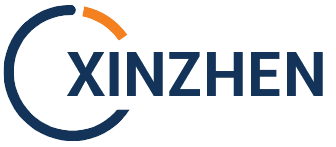
 CN
CN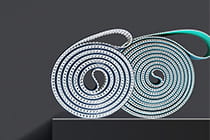
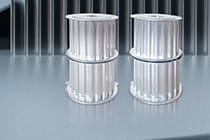
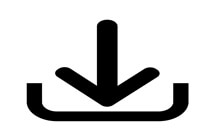





 Home
Home XZ
XZ  Aug 28,2025
Aug 28,2025 
 Open Timing Belt Solutions - Export Case Study
Open Timing Belt Solutions - Export Case Study 




